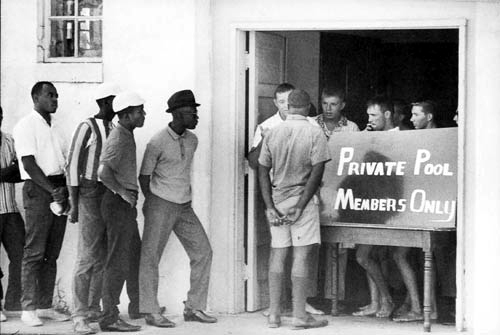
Share On Social!
New research by Associate Professor of Political Science at the University of California, Merced, suggests inequality in public goods is related to segregation.
Although segregation has lessened, White American’s live in neighborhoods that are about 75% white, compared to Black, Latino and Asian Americans that live in neighborhoods that are 22-46% of their own group.
The author concludes: “Segregated cities are more racially polarized in elections and may be less likely to generate policy consensus. The result is that cities with more segregation have smaller public goods budgets. Segregated cities raise fewer dollars from their residents and spend less money on roads, law enforcement, parks, sewers, welfare, housing, and community development.”
In addition to political polarization, another theory about why segregation contributes to less public spending, rather than more, is that predominately white communities have created their own private goods, like parks and pools, to take the place of public goods. Therefore, they don’t see the need for as much spending on public goods.
It is important to ensure equity in access to public goods, like parks and pools, to increase participation in physical activity and reduce obesity.
Read more about inequities in park quality and pedestrian environments here.
Explore More:
Healthy Families & SchoolsBy The Numbers
142
Percent
Expected rise in Latino cancer cases in coming years



